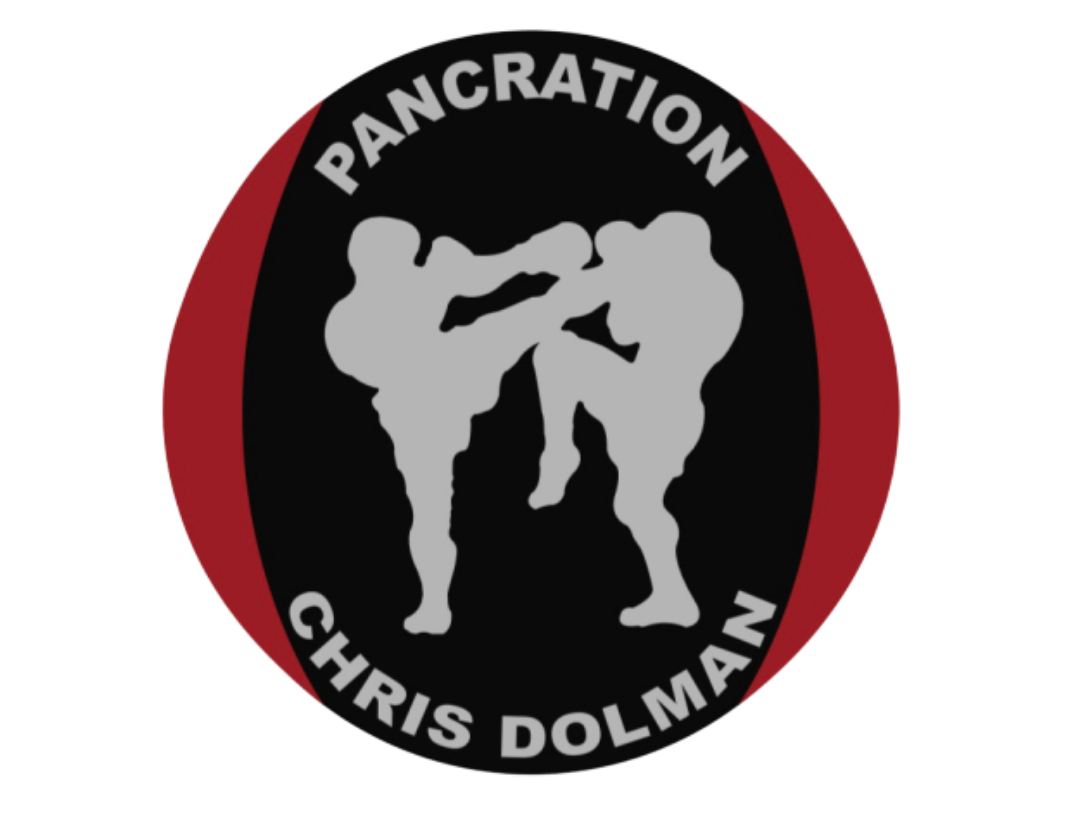In the event much more regarded as problems to possess OCTs, P-glycoprotein, and you can normal anion-hauling polypeptides (Garrigues mais aussi al
Conversation
Decision tree–based predictions of potential DDIs with multidrug transporters are complicated when the quantitative profile of inhibition of transport by a potential perpetrator is influenced by the choice of substrate used to assess transport activity (e.g., Hacker et al., 2015). , 2002; Roth et al., 2011; Belzer et al., 2013; Hacker et al., 2015), the extent to which ligand interaction with MATE1 displays a similar substrate dependence is not clear. The two screens of inhibitor interaction with MATE1 reported to date focused on profiles generated against transport of single substrates, i.e., MPP (Astorga et al., 2012) or ASP (Wittwer et al., 2013). However, we did recently report that two structurally distinct ionic liquids (1-methyl-3-butylimidazolium and N-butyl-N-methylpyrrolidinium) had ICfifty values for inhibition of MATE1-mediated transport of [ 3 H]MPP that were about 4-fold lower than the values observed for inhibition of transport of [ 3 H]triethylmonomethylammonium, consistent with the concept of substrate-dependent ligand interaction with MATE transporters (). However, the current results suggest that substrate identity exerts comparatively little influence on ligand interaction with MATE1.
Ergo, within the limitations associated with limited list of compounds, there was zero proof substrate reliance regarding the interaction off such structurally line of ligands having MATE1
This conclusion was based on the assessment of transport of four structurally diverse MATE1 substrates, two drugs in common clinical use (metformin and cimetidine) and two probe OCs (MPP and NBD-MTMA) (Fig. 1). (more…)
